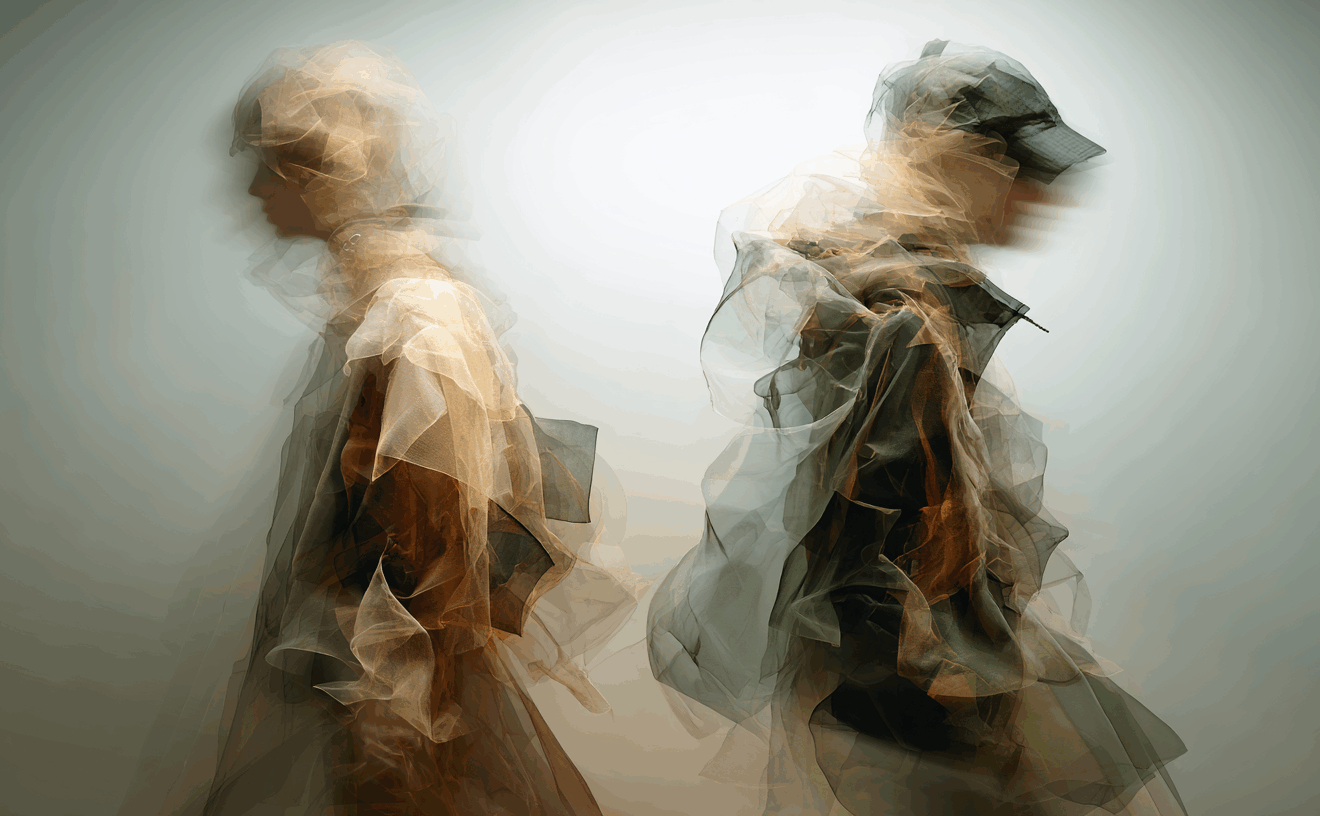Abstract
On May 7, 2025, the Court of Brescia dismissed claims of infringement and unfair competition concerning a winter parka, ruling that allegations of slavish imitation, misappropriation of merits, and infringement of unregistered design were unfounded. The decision was based on the widespread presence on the market of the contested design features—deemed “notoriously” common—and the absence of any registered rights. The case stands as a clear example of the boomerang effect that can arise from baseless legal action, particularly in saturated sectors like fashion.
The Case: Alleged Imitation of a “Too Similar” Parka
With Judgment No. 1884 of May 7, 2025, the Brescia Court’s Business Law Division ruled on a dispute between two clothing companies. The plaintiff brought proceedings against a competitor, accusing it of slavishly copying its own long-standing model of a winter parka.
The claims were multi-faceted: infringement of an unregistered Community design, slavish imitation, misappropriation of merits, and unfair competition under Article 2598 of the Italian Civil Code. The plaintiff also sought injunctive relief, damages, and publication of the judgment.
According to the plaintiff, the competitor’s garment unlawfully replicated a combination of stylistic and functional elements considered distinctive of its model. The judgment specifically lists the contested features:
- “the cut of the garment, pocket placement, flap shape, storm flap over the front zipper“,
- “outer fabric“,
- “application method of the front zipper“,
- “the “zip puller” design at the zipper’s end“,
- “the use of snap buttons“.
Additionally, the use of a “3-layer” technical fabric (Lycra, windproof membrane, and fleece) was claimed as an innovative and distinctive design element.
The dispute arose in a highly competitive context, marked by a high degree of standardization in shapes and aesthetics. The fashion sector—especially parkas—is one of the most crowded and fast-moving in the market.
Not All Similarities Are Imitation
The Brescia Court first addressed the claim of design infringement. The plaintiff asserted that its parka’s aesthetic and functional features were sufficiently distinctive to be protected as a de facto design under Regulation (EC) No. 6/2002.
However, protection of unregistered Community designs requires that the product have individual character (Art. 6), meaning it must produce a “different overall impression” compared to previously disclosed designs. The Regulation also requires consideration of the “designer’s degree of freedom” in creating the design.
In saturated markets like fashion—where shapes are heavily standardized—that design freedom is narrower, making it harder to stand out. (See also: General Court of the EU, Case T-545/23 – “Saturated Markets and Design Validity,” by Margherita Manca.)
Moreover, the plaintiff had not registered its design, so it had to rigorously prove the legal requirements for protection. The defendant successfully showed that similar garments were already present on the market, demonstrating that the contested features were widespread and well-known.
The judgment notes:
“The alleged distinguishing features invoked […] are in fact – notoriously – characteristics found in a vast number of commonly marketed products.”
Even the “3-layer” technical fabric was not enough to tip the scales, as the Court found it did not create a significantly different overall impression on the informed user. (See also: What Protection for Designs Inspired by Ancient Forms? – Arlo Canella.)
Imitation Accusations and the “Boomerang Effect”
Convinced it had been imitated, the plaintiff asked the court to find not only design infringement, but also slavish imitation, misappropriation of merits, and general unfair competition. The Court, in the second part of its reasoning, systematically rejected each claim, exposing the structural weaknesses of the plaintiff’s legal theory.
First, slavish imitation was firmly denied. As even the plaintiff admitted, this applies only when the copied product’s external appearance is new and original. As already noted in the infringement section, these conditions weren’t met. The features claimed as distinctive were in fact typical for that product category. In a market like parkas, where forms are often standardized and trend-driven, absolute originality is hard to claim.
Misappropriation of merits was also rejected. The Court noted there was no evidence of conduct by which the defendant tried to illegitimately claim the plaintiff’s qualities as its own—no advertising references, indirect mentions, or comparative marketing. Lacking any concrete indicators, the accusation amounted to a subjective impression unsupported by facts. (See also: When “Riding” on a Competitor’s Reputation Becomes Unlawful – Arlo Canella.)
Finally, the generic unfair competition claim under Article 2598, no. 3 of the Italian Civil Code was dismissed as vague and repetitive, adding nothing new to the arguments already rejected.
The result was decisive: a complete dismissal of all claims, with the plaintiff ordered to pay legal costs of €14,103 plus applicable fees and a share of court-appointed expert costs. A veritable “legal slap”, underlining the strategic risk of launching lawsuits without prior analysis, registration, or solid proof.
In short, not all similarities amount to imitation, and not every unfair competition claim holds up. In creative sectors like fashion, it’s crucial to assess actual market interference and the likelihood of legal success before taking action. (In the jewelry industry, see also: What Protection for Designs Inspired by Ancient Forms? – Canella Camaiora)
The Role of Design Registration in Fashion
The Brescia Court’s decision sends a strong message: accusations must be backed by concrete legal tools and a clear strategy. In court, it’s not about feeling copied—you must prove you’re entitled to legal protection. And the first line of defense is, without a doubt, design registration.
Why should a judge grant protection or acknowledge originality if the creator didn’t even bother to register the design? In the fashion industry—as in any highly competitive creative market—registration isn’t just a formality. It’s a strategic business choice.
Unlike unregistered designs (which are valid for just three years), registration:
- establishes exclusive rights for up to 25 years,
- creates a rebuttable presumption of validity,
- removes the burden of proving the competitor was aware of the design,
- allows for stronger enforcement in court or through customs actions.
Of course, registration doesn’t cure lack of novelty: if a design isn’t new, registering it won’t help.
But even a slight degree of individual character, backed by a registered title, can support preliminary relief against blatant copies. After all, if you’ve invested in creating an innovative product, why not invest in protecting it too?
Lastly, before taking legal action against a potential competitor, it is essential to perform a prior art search and assess any conflicts. Not only to avoid unpleasant surprises in court, but also to prevent costly and damaging disputes that can harm your brand and business stability.
In this case, the absence of a registered design may have been decisive… but since there was no registration, we’ll never know for sure.
© Canella Camaiora S.t.A. S.r.l. - All rights reserved.
Publication date: 17 July 2025
Textual reproduction of the article is permitted, even for commercial purposes, within the limit of 15% of its entirety, provided that the source is clearly indicated. In the case of online reproduction, a link to the original article must be included. Unauthorised reproduction or paraphrasing without indication of source will be prosecuted.

Joel Persico Brito
Graduated from the Università Cattolica del Sacro Cuore in Milan, trainee lawyer passionate about litigation and arbitration law.
